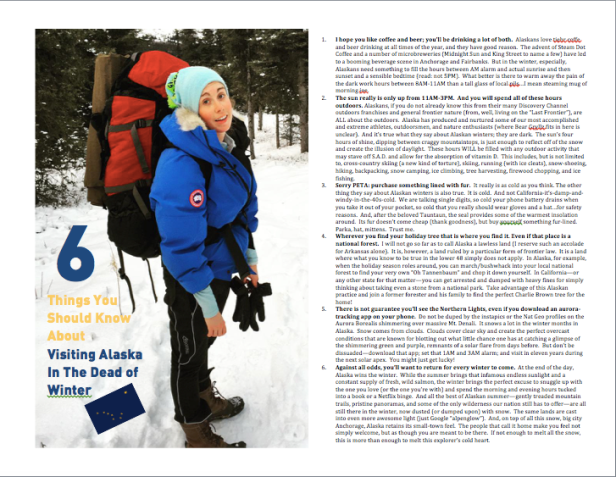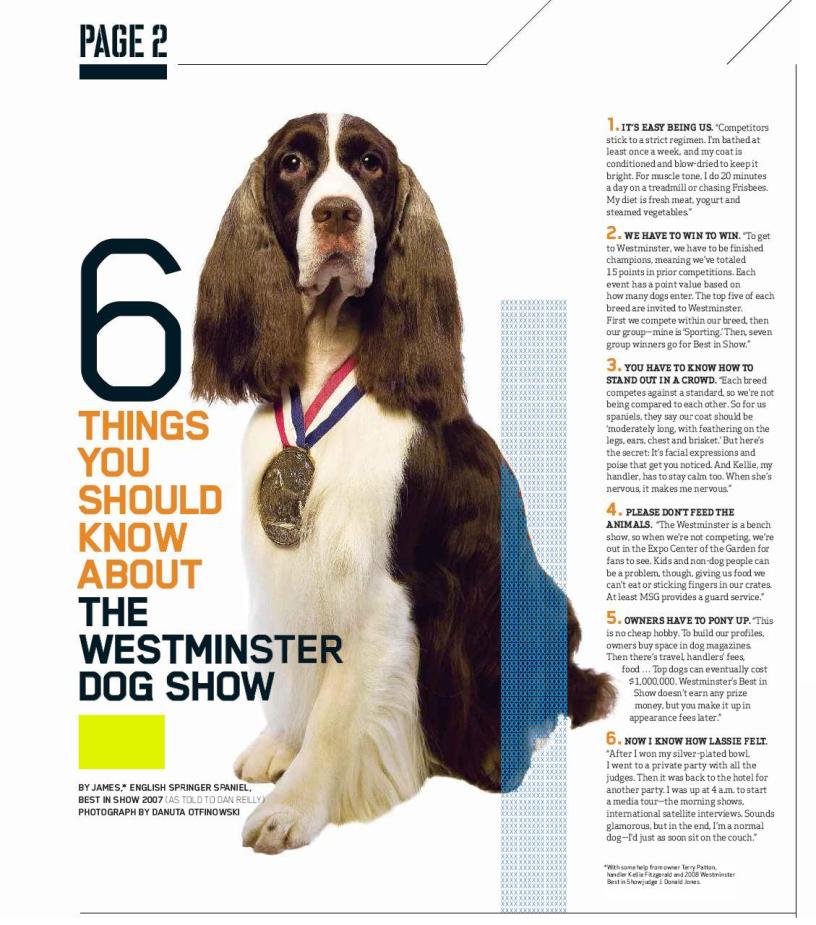Sometimes we confuse rigor with formal and academic—if it doesn’t look like the SBAC or the informative blackboard posts of our college experience, we’re not holding students to the highest level of rigor. In reality, some of the most rigorous learning and writing comes from really deeply analyzing and synthesizing the expository writing that pervades our every day AND THEN being able to use that understanding to produce our own. That is exactly what we’re asking students to do in this expository writing lesson.
One of my favorite ways to pull students in is to surprise them with how accessible and interesting expository writing can be. A great way to do that is to read, analyze, and emulate listicles. Check out this quick and engaging lesson(s) for launching an expository writing unit in your classroom!
WARNING: This is a reading AND writing unit. We read to write, and we write to be read!
The lesson plan is attached here, but let me walk you through the steps:
- Introduce students to the understanding that they read A LOT of expository writing. They may not always realize it, but it’s prolific. Quickly poll the room—who has read a piece of expository writing today? Who has read Buzzfeed today? Then you’ve probably read at least one piece of expository writing. Project a series of expository pieces from Buzzfeed. Finish with a recent “listicle”.
- Introduce that you’re going to dive into a particular type of expository writing over the next 1-2 classes, and we’ll be producing our own emulation of some of the most popular expository writing there is—the listicle.
- Pass around copies of ESPN magazine column “6 Things You Should Know About Playing on the World’s Largest Stage”. Before we read, what do you notice about this article? Does it bring up any initial questions/wonderings?
- Read through 1: We’re just going to focus on learning about the topic/answering our initial wonderings
- What did we learn?
- What do you now notice about how this article is structured?
- Then engage in the modeling—brainstorm topics, brainstorm 6 things about the topic, take that topic/6 things brainstorm to an initial paragraph for the first “thing”. Depending on how experienced your students are, you might pause between modeling each step and have students complete the step OR you might do those steps together. You know your students best. I have experienced more success when I’ve broken it up, even with the most advanced students (and adults).
- After you engage in a couple models—first brainstorm, expanded brainstorm, and taking that brainstorm to an paragraph draft—LET YOUR STUDENTS FLY!
- You’ll want to check in and pull small groups as needed, but this model should be a strong scaffold for many of your writers, even the reluctant ones!
- After a day of drafting and another of revision (remember, this is planned with a 45-50 minute period in mind), take your students to the computer lab and show them how to search for stock images and insert graphics, title text, and wrap around their listicle text.
Check out my own teacher model/masterpiece here!

